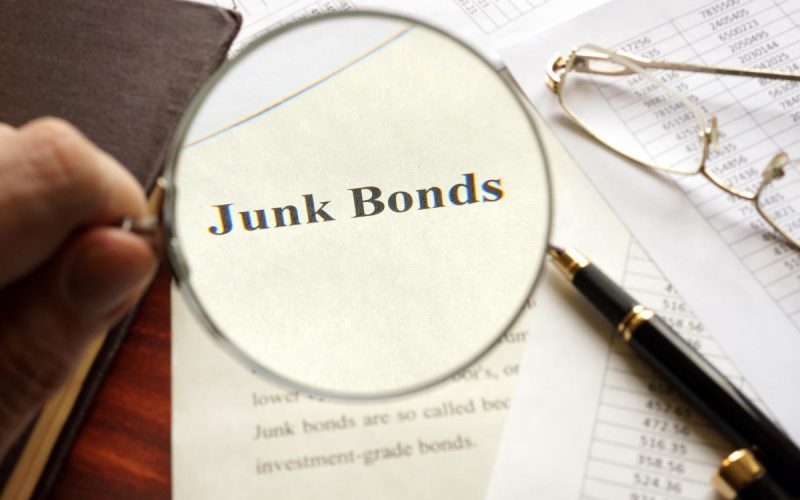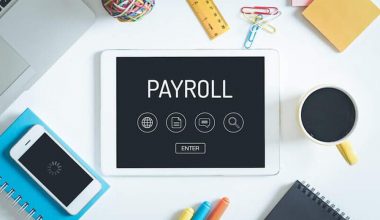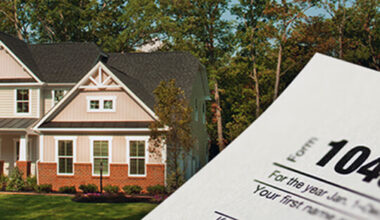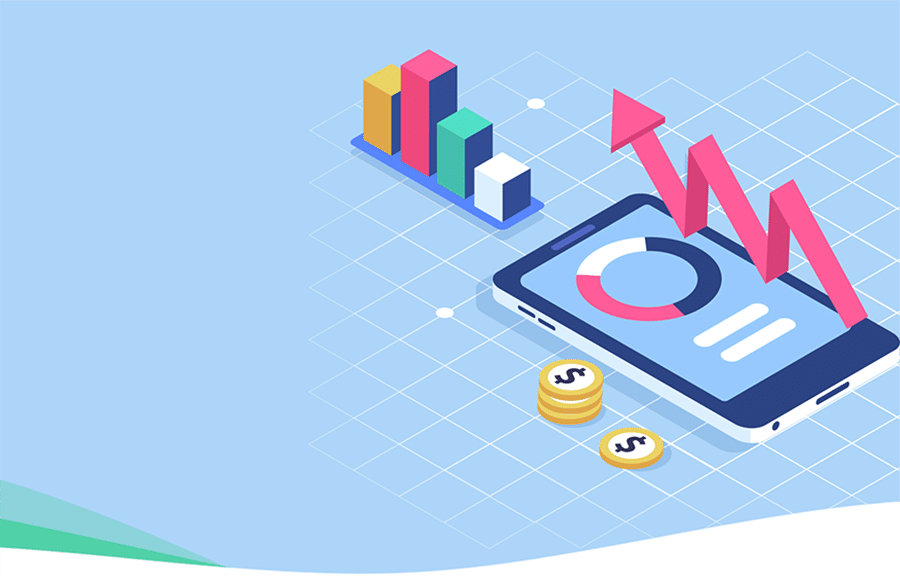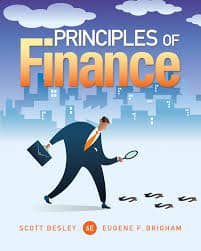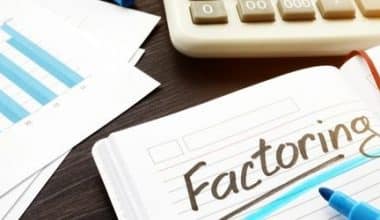While a corporation with an investment-grade credit rating has a low risk of defaulting on its debt, the junk bonds list has the highest risk of a company missing an interest payment (called default risk). Even when factoring in default risk, junk bonds are less likely than many stocks to cause permanent portfolio losses since if a firm goes bankrupt, bondholders must be paid before shareholders. With all these benefits surrounding bonds we have decided to talk about what is junk bonds, listed in this article.
What Are Junk Bonds
Junk bonds are those that have a higher chance of default than most corporate and government bonds. A bond is a debt or commitment to pay interest and return invested principal to investors in exchange for purchasing the bond. Junk bonds are bonds issued by corporations that are experiencing financial difficulties and are at a high risk of defaulting or failing to pay interest or refund capital to investors. Junk bonds are sometimes known as high-yield bonds since they require a greater yield to help offset the risk of default.
Overview
A high-yield, or “junk,” bond is remarkably similar to conventional corporate bonds from a technical standpoint. Both are types of debt that a company issues with the promise of paying interest and returning the principal at maturity. Junk bonds are distinguished by their issuers’ lower credit ratings.
Bonds are income debt securities by enterprises and governments to raise funds. When investors purchase bonds, they are basically lending money to the issuer, who pledges to repay the money at a predetermined date known as the maturity date. The principal amount invested is reimbursed to the investor at maturity. During the life of the bond, most bonds pay a yearly interest rate to investors known as the coupon rate.
A bond with a 5% annual coupon rate, for example, suggests that an investor who acquires the bond will earn 5% each year. As an example, a bond with a $1,000 face or par value will get 5% x $1,000, or $50, each year until it matures.
Junk Bonds as a Market Indicator
Some investors purchase trash bonds to profit from possible price increases when the underlying company’s financial security improves, rather than for the return of interest income. Furthermore, investors who expect bond prices to climb are betting that a shift in market risk perception would result in higher demand for high-yield bonds, including these lower-rated ones. For example, if investors believe that economic circumstances in the United States or elsewhere are improving, they may buy junk bonds from companies that will improve along with the economy.
As a result, for some investors, rising junk-bond buying interest serves as a market risk indicator. Due to a perceived improved economy, market players are willing to take on additional risks when buying junk bonds. If trash bonds are selling off at a loss, it usually signifies that investors are becoming more risk-averse and preferring more secure and stable assets.
Although an increase in junk bond investing normally indicates increasing market optimism, it could also indicate excessive market optimism.
It’s worth noting that junk bonds have far wider price movements than higher-quality bonds. Investors interested in buying trash bonds can do so through a broker or by investing in a bad bond fund managed by a professional portfolio manager.
How do junk bonds work?
Bonds can only be purchased in very big quantities, such as $1,000 or $5,000, and can trade for more than or less than par, which is the bond’s face value. The prognosis for the firm, market average interest rates, and a company’s financial outcomes all influence the price at which a bond trades. Bonds from higher-risk corporations tend to trade at a discount to their face value, whilst bonds from lower-risk companies tend to trade at a premium to par.
Notably, the stock price of a corporation has little impact on bond prices. Bonds are simply loans to firms, whereas equities reflect company ownership. A bond’s face value at redemption, plus the interest it pays, is effectively how much it’s worth.
Rising junk bond prices usually indicate that the economy is doing well. In general, falling junk bond values indicate poor or worsening economic conditions.
Why is it Called a Junk Bond?
As a result of their lower credit rating compared to investment-grade bonds, junk bonds are required to offer higher interest rates in order to entice investors to purchase them. The rating agency Standard & Poor’s assigns a BB[+] or lower to junk bonds, and the rating agency Moody’s assigns a Ba[1] or lower to such bonds. The rating provides an indication of how likely it is that the bond issuer will be unable to pay back the debt.
Why Would Someone Buy a Junk Bond?
Why would investors want to purchase low-quality junk bonds? Investors that purchase trash bonds do so with the intention of reaping the benefits of a higher return; nevertheless, doing so requires them to accept a higher level of risk. Investors who have faith that the current state of the economy will improve will purchase trash bonds in the hopes that the issuer will eventually be able to achieve investment-grade status.
Should You Buy Junk Bonds?
Junk bonds can appear like a good answer for investors who want to diversify their portfolios but receive better yields than what is available with investment-grade bonds because of their lower credit quality. But Johnson warns that we shouldn’t jump to conclusions.
He asserts that “junk bonds should not play any role at all in the portfolios of most investors.” “Sophisticated investors may prefer to have a reasonably limited allocation to bad bonds via diversified junk bond funds,” according to one statement.
Instead, he said that the typical investor would be better off sticking to low-cost index funds as their primary investment vehicle. According to him, the KISS slogan, which stands for “keep it simple, stupid,” should serve as the basis for the financial philosophy of the great majority of investors.
Junk bonds list
Bond ETFs are a wonderful way to play the yield curve if you’re an investor who enjoys making interest-rate bets. Junk bond ETFs, on the other hand, may be the weapon of choice for investors with larger risk tolerance.
One of the most appealing features of ETFs is how taxes are computed, especially when compared to other investments. Here’s a list of junk bonds or funds to consider if you think high-yield ETFs are suited for your trading approach.
Junk Bonds ETF List
- ANGL – VanEck Market Vectors Fallen Angel High Yield Bond ETF
- BSJO – Invesco BulletShares 2024 High Yield Corporate Bond ETF
- EMHY – iShares J.P. Morgan EM High Yield Bond ETF
- FALN – iShares Fallen Angels USD Bond ETF
- GHYB – Goldman Sachs Access High Yield Corporate Bond ETF
- GYHG – iShares US & Intl High Yield Corp Bond ETF
- HYDB – iShares High Yield Bond Factor ETF
- HYEM – VanEck Vectors Emerging Markets High Yield Bond ETF
- HYG – iShares iBoxx $ High Yield Corporate Bond ETF
- HYGH – ProShares High Yield-Interest Rate Hedged ETF
- HYLB – Xtrackers USD High Yield Corporate Bond ETF
- HYLD – High Yield ETF
- HYLS – First Trust Tactical High Yield ETF
- HYLV – IQ S&P High Yield Low-Volatility Bond ETF
- HYS – PIMCO 0-5 Year High Yield Corporate Bond Index ETF
- HYXF – iShares ESG Advanced High Yield Corporate Bond ETF
- HYXU – iShares International High Yield Bond ETF
- HYZD – WisdomTree Interest Rate Hedged High Yield Bond Fund
- JNK – SPDR Bloomberg Barclays High Yield Bond ETF
- JPHY – JPMorgan High Yield Research Enhanced ETF
- PGHY – Invesco Global Short-Term High Yield Bond ETF
- PHB – Invesco Fundamental High Yield Corporate Bond ETF
- SHYG – iShares 0-5 Year High Yield Corporate Bond ETF
- SJB – ProShares Short High Yield ETF
- SJNK – SPDR Bloomberg Barclays Short Term High Yield Bond ETF
- UJB – ProShares Ultra High Yield ETF
A Word of Caution
ETFs that invest in high-yield, or trash, bonds are not suitable for new investors. Traders that use advanced methods should invest in these ETFs. If this is your first time looking into high-yield bond funds, make sure you do your homework first.
Each fund on this list should be examined separately. Examine the fund’s or note’s contents, as well as how it responds to various market conditions and its past performance. If you have any questions or concerns, contact a financial professional such as your broker or adviser. There is no such thing as a risk-free fund or investment, and the high-yield bond ETFs on our list is no exception. They are not for the faint of heart, so proceed with caution.
Good luck with these trades and all your financial strategies once you’ve completed your study and made your investment decision.
Improving Financials Affect Junk Bonds
If the underlying company does well financially, its bonds will have better credit ratings and investors will usually be interested in buying them. As a result, the bond’s price climbs as investors rush in to buy the financially sound issuer. Companies that perform poorly, on the other hand, are likely to have low or decreased credit ratings. Buyers may be put off by these dwindling opinions. To attract investors and compensate them for the increased risk, companies with bad credit ratings generally offer large yields.
As a result, when compared to corporations with bad credit ratings, bonds issued by companies with good credit ratings pay cheaper interest rates on their debt instruments. Many bond investors keep an eye on bond credit ratings.
Junk Bonds and Investment-Grade Bonds
Consider a bond rating to be a credit report card for a firm. Bonds issued by blue-chip companies with strong financials and consistent income will receive a high grade. Companies with a shaky financial history, as well as government agencies, will receive a lower grade.
Junk bond yields have historically been 4 percent to 6 percent higher than comparable US Treasury bonds. Because the United States has never defaulted on a debt, it is often regarded as the gold standard for investment-grade bonds.
Bond investors break down junk bonds into two broad categories:
- Fallen angels are bonds that were once rated investment grade but have since been reduced to junk-bond status because concerns have emerged about the financial health of the issuers.
- Rising stars are the opposite. The companies that issue these bonds are showing financial improvement. Their bonds are still junk, but they’ve been upgraded to a higher level of junk and, if all goes well, they could be on their way to investment quality.
Credit Ratings and Junk Bonds
Despite the fact that trash bonds are considered dangerous investments, investors can evaluate a bond’s risk level by looking at its credit rating. A credit rating is a determination of an issuer’s creditworthiness and outstanding debt in the form of bonds. The market price of a bond and its offering interest rate is influenced by the company’s credit rating, and ultimately the bond’s credit rating.
Credit rating organizations assess the creditworthiness of all corporate and government bonds, providing information to investors about the debt securities risks. Credit rating firms offer letter grades based on their assessment of a problem.
Standard & Poor’s, for example, offers a credit rating scale that ranges from AAA (outstanding) to C and D (poor). Any bond with a rating below BB is referred to as a speculative-grade or junk bond. Risk-averse investors should be concerned about this. The various letter grades assigned by rating agencies indicate the company’s financial sustainability and the chance that the bond’s contract requirements will be honored.
Conclusion
Although junk bonds are an important part of the bond market, they should not constitute a large part of your portfolio. It’s quite acceptable for many individual investors to avoid trash bonds entirely. For others, this form of investment should make up a tiny amount of their portfolio and should be obtained through a variety of ETFs.
Unlike the garbage in your cellar, you might find it useful in your investing portfolio. Simply invest with caution and ensure that you are aware of the hazards before pressing the buy button.
FAQ
Are junk bonds safer than stocks?
KEY TAKEAWAYS. High-yield bonds offer higher long-term returns than investment-grade bonds, better bankruptcy protections than stocks, and portfolio diversification benefits. High-yield bonds face higher default rates and more volatility than investment-grade bonds, and they have more interest rate risk than stocks.
What are the disadvantages of junk bonds?
The main disadvantage of junk bonds is their risk. They have a higher risk of default than most other fixed-income securities. Junk bonds can be quite volatile, especially in times of uncertainty regarding the issuer’s performance
s high bond yield good?
High-yield bonds carry lower credit ratings from the leading credit agencies. A bond is considered speculative and will thus have a higher yield if it has a rating below “BBB-” from S&P or below “Baa3” from Moody’s.
